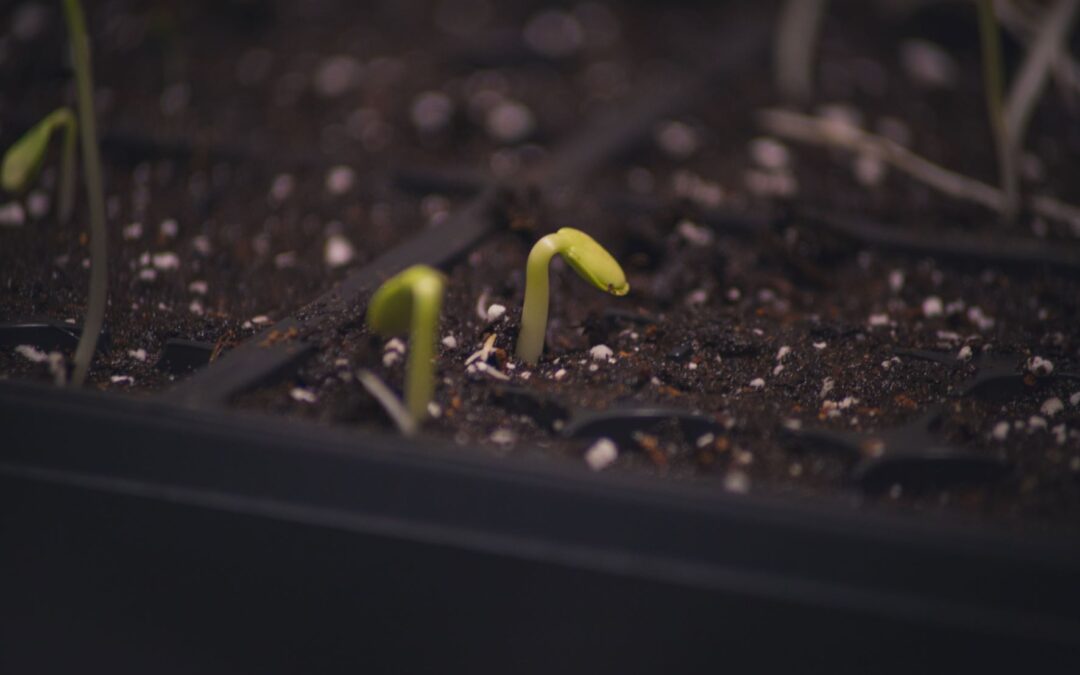The Dirt on Soil
So, what is the dirt on soil? If you’re like me, you take dirt, I mean soil, pretty much for granted. I might pick up some bags of topsoil in the spring for my veggie garden, potting soil for containers, and some fertilizer for the lawn, but I’ve never put a lot of thought into what soil is. So, the dirt on soil is that soil is amazing.
What is the Dirt on Soil?
Soil is made from rocks, debris, and organic material. Weather, including rainfall and temperature, break down the material. Worms, insects, and microorganisms break it down further, and then plants extract nutrition and change the soil. Geography, landscape, and climate all affect the soil.
Since soil is made up of both organic and inorganic materials, making it perfect for plants. It provides the nutrients, minerals, and water needed for plants to flourish. At the same time, plants anchored in the soil by their root systems limit erosion. It is a symbiotic relationship.
What Are the Parts of Soil?
Soil is comprised of four basic materials: minerals, water, air, and organics. Each component is essential to healthy soil. Unfortunately, throughout history, people have disrupted the soil through construction, overplanting, and urban development. Your lawn is likely composed of more subsoil than topsoil due to the displacement of topsoil during the construction of your home.
Minerals
About ½ of soil is made up of minerals, which come from rock that erosion, organisms, and chemicals have fragmented. The type of parent rock impacts the kind of soil. The three most common soil elements are sand, clay, and silt.
Clay is the smallest of the three elements. Clay is good at retaining water and nutrients but is susceptible to compacting.
Sand is the largest element, and it allows water and air to move around it, which means it’s not the best at holding water or nutrients.
Silt is composed of fine dry particles and can appear powdery, even wet. It can hold nutrients and water but restricts the movement of each.
Organic Matter
Organic isn’t only the decaying matter of plants and animals; it’s living organisms.
“Many people don’t realize that soil, especially healthy soil, is full of life. Millions of species and billions of organisms make up a complex and diverse mix of microscopic and macroscopic life that represents the greatest concentration of biomass anywhere on the planet.” — Purdue — Healthy soils are full of life.
Organics, the decaying plant, and animal material store water and nutrients and release them over time. Organics are essential to gardens and your lawn. By promoting continuous organic matter growth, such as composting and mulching, you improve the health of your soil.
Water and Air
Water and air are impacted by climate, environment, and by soil. Too much rain or not enough can be devastating to plant life. And environmentally adverse events such as chemical runoff can ruin your soil. The density or porosity of your soil will determine how much water and air your soil can hold, while the granular makeup of your soil will affect the permeability of water and air.
If you’d like to learn more about soil, I recommend this paper from Purdue University Soil Basics
How Can We Help You?
Berger Hargis has a company philosophy of providing personal excellence for all our services. Our growth and success have been due entirely to our commitment to honest, excellent customer service. We’ve built the business on the referrals we have received due to this philosophy.
If we can answer any questions, please don’t hesitate to Contact Us.
Go Back








